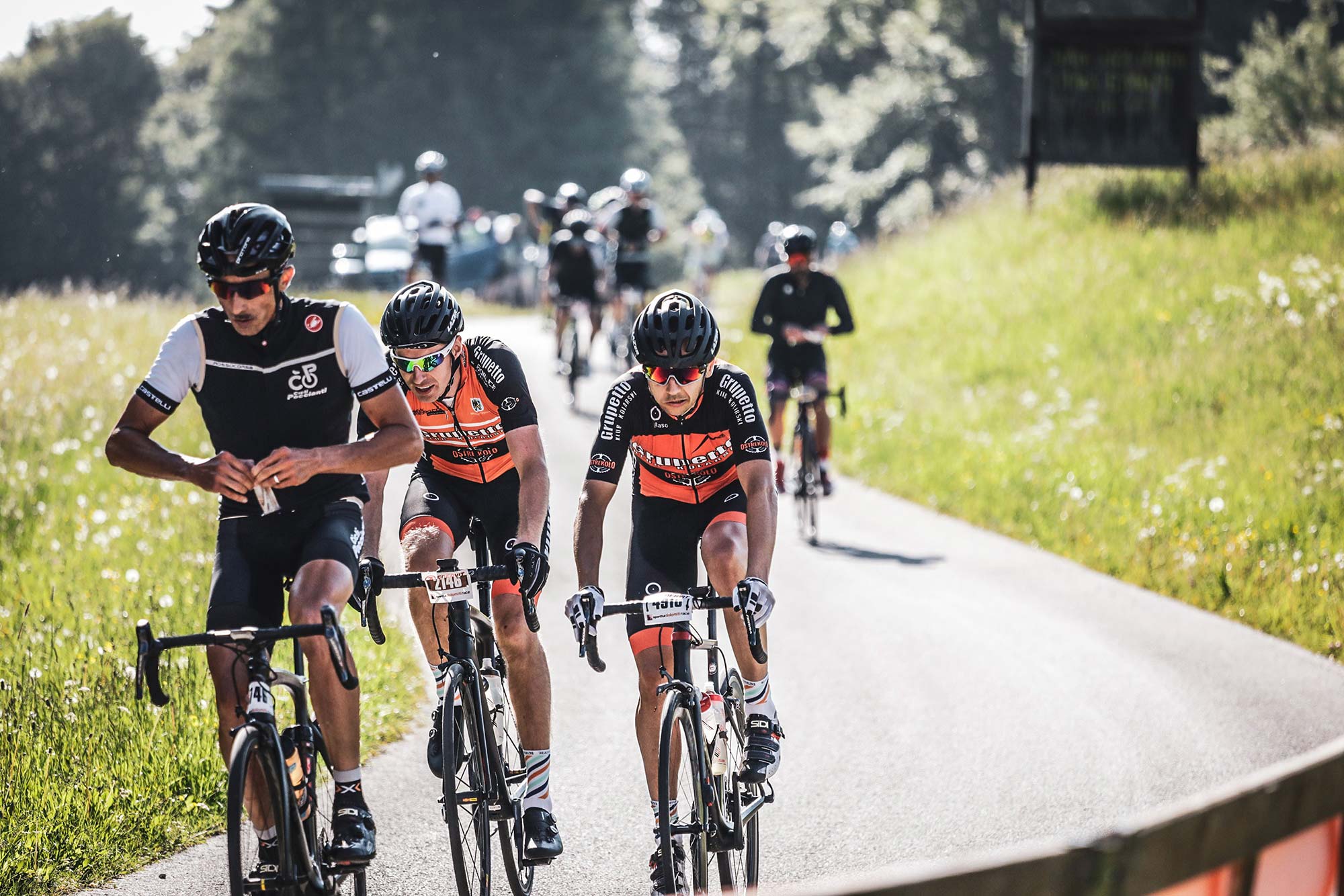How to Prepare for a Stage Race?
1. What is Stage Race?
2. How to Race Stage Races?
3. How to train for a Stage Race?
4. Planning

1. What is Stage Race?
The stage race consists of more than one racing day in a row, it can be from 2 stages up to 3 weeks of racing as “big tours”. In some cases, we can see 2 races one day, for example an individual time trial plus a road race . The longest amateur stage races reach up to 8-10 days in a row. It is a huge effort for the body and requires proper preparation.
2. How to Race a Stage Races?
Save energy whenever it is possible, the biggest difficulty in stage races is that after a hard day it will be another hard day and then another hard day. Therefore, try to save as much power as you can and only attack at key moments.
If you are going to compete having your own team, it is worth discussing the strategy for the whole race and individual stages beforehand. It is best to work for one teammate, which will help him get the highest position in the entire race.
Earlier analysis of the route will help in the distribution of forces, planning the nutrition and determining who and when is doing the most work. On flat stages or criteriums we should help the sprinters to have more power for the final finish, the mountain stages should be dedicated to the lightest “climbers”.

3. How to Train for Stage Race?
Preparation for a stage race should be preceded by a large “base” around 200%-300% of what we do for one-day races. This allows you to avoid overtraining during the stage race and allows you to build a higher “peak” of the form.
Building a form for a stage race should include all stages of preparation, starting from building an aerobic base, cadence training, muscle strength training, speed training, and sprints.
In addition to the usual training plan, we will pay attention to the less common type of training which is “block training”. “Block training” like says the name consists of training blocks during which we load the same energy system or the same training zone, day after day.
For better illustration, let’s go to an example. Preparing for the 4-day stage race, we can focus on 4-day blocks that may look like this:
Day 1: 2.5h endurance with 2 x 20 min sweet spots
Day 2: 1.5h endurance with 2 x 20 min sweet spots
Day 3: 2.5h endurance with 2 x 20 min sweet spots
Day 4: 1.5h endurance with 2 x 20 min sweet spots
Day 5: OFF
Day 6: OFF
Day 7: An easy ride.
The purpose of the above block is to ride under the threshold in the sweet spot area, increase the FTP and acclimatize the body to load day after day. After such a block, full regeneration and adaptation to the load should occur, which will allow the development of the zone and the improvement of resistance to fatigue.
It is very important to choose the length and intensity of intervals to be able to repeat them day after day without losing power. If training on day 3 or 4 is too hard, it is recommended to take a break, regenerate and plan the next block with less load.
This training method requires experience and knowledge of the athlete’s body, it is not recommended for novice cyclists in 1st and 2nd year of training.
This type of training can bring big benefits in the form of faster development of a specific training zone and increase its parameters. Remember to prepare for this type of training in the form of aerobic base, strength and training in given zones.
4. Planning
When planning a stage race, you will not forget about:
- Technical preparation of equipment, service the bike,
- taking the spare parts,
- scheduling nutrition,
- supplements,
- different forms of regeneration,
- physical preparation,
- planning the overall strategy and tactics for particular stages,
- distributing forces to all stages,
- get clothes for any type of weather.








